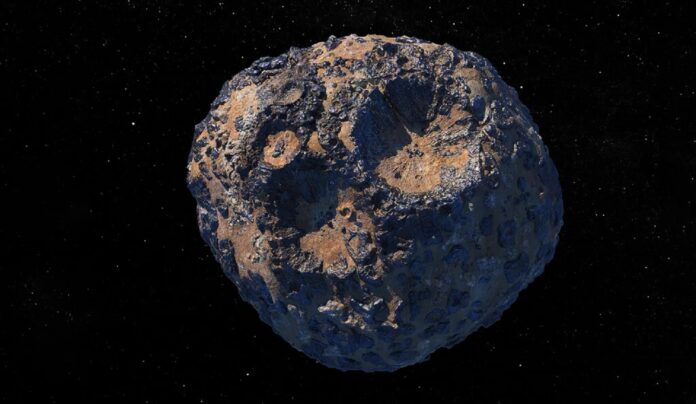Planetary magnetism is vital to understanding many celestial bodies’ internal structure and evolution. For example, the cores of Earth, Mercury, and two of Jupiter’s moons, Ganymede and Io, all generate detectable magnetic fields. Additionally, remnants of ancient magnetism have been discovered on Mars and the moon.
However, there are also meteorites, tiny space rocks that have landed on Earth, that exhibit magnetic properties. Scientists say some iron meteorites bear the remnants of an internally-generated magnetic field — which shouldn’t be possible.
Although the metallic cores of asteroids (small planetary bodies) are thought to be represented by iron meteorites, these cores are not anticipated to possess the extremely specific internal properties required to generate and record magnetism simultaneously.
Yale researchers may have solved a longstanding puzzle of why certain metallic meteorites show magnetic field traces. This study may shed light on the formation of magnetic dynamos at the core of planets.
According to scientists, Under specific circumstances, asteroid colliding can develop metal asteroids, which can produce magnetic fields and store the magnetism in their components. These asteroids’ tiny fragments may crash into Earth as meteorites if they still contain magnetic traces.
Zhongtian Zhang, a graduate student in Yale‘s Department of Earth & Planetary Sciences and first author of the study, said, “I had been aware of this puzzle for some time. When I first came to Yale and discussed potential research directions with Dave, one of the papers he sent me was about the observation of paleomagnetism in iron meteorites.”
After several years, scientists conducted research on rubble-pile asteroids. These asteroids are created when gravitational forces cause the fragments of asteroid collisions to re-form in new combinations.
That work inspired scientists to consider whether the rubble pile phenomenon might be relevant to generating a magnetic field.
According to the scientists’ simulation, it is feasible for new, iron-heavy asteroids to develop following an asteroid impact, each having a cold, rubble-pile inner core and a warmer, liquid outer layer. They claim that lighter elements like sulfur are released when the cooler core starts to suck heat from the outer layer, starting convection, which produces a magnetic field.
Their model revealed that this dynamo could generate a magnetic field for several million years. This is long enough for its presence to be detected in iron meteorites by scientists billions of years later.
Yale scientists David Bercovici said, “There are several pieces to this puzzle for which Zhongtian has devised a creative and clever solution. For instance, the idea of a rubble-pile core is like dropping ice cubes into molten metal.”
“They can’t be too big or too small. But there is an optimum size that is small enough to cool in space but sink fast enough into the melted metal and pile up in the center to make an inner core like Earth’s, at least for a little while.”
Journal Reference:
- Zhongtian Zhang and David Bercovici. Generation of a measurable magnetic field in a metal asteroid with a rubble-pile core. PNAS. DOI: 10.1073/pnas.2221696120
